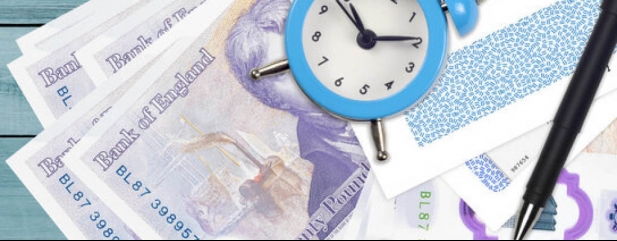Archived article
Please note that tax, investment, pension and ISA rules can change and the information and any views contained in this article may now be inaccurate.
Can I top up my SIPP and pay into a workplace pension?

I am paying 7% of my salary into a workplace pension and my employer is matching the contributions. My intention is to retire in around a decade when I am in my early 60s.
Am I allowed to top up my SIPP at the same time as paying into the workplace pension?
How does the tax relief work if, for example, someone earns £20,000 per year and has enough cash to pay a year’s salary into their pension? Will they get 20% tax relief on all of their contributions or only on the taxable portion?
Dave
Tom Selby, AJ Bell Senior Analyst says:
Yes, you can pay into a self-invested personal pension, also known as a SIPP, while contributing to your workplace pension.
The amount you can save across all pensions and get tax relief on is capped at the higher of £3,600 or 100% of your earnings in the tax year.
Whether you receive all the tax relief you are entitled to will depend on the type of pension scheme you are paying into.
If it’s a ‘net pay’ scheme (these can only be workplace pension schemes), contributions are taken out of your pay before tax is deducted, so you should receive tax relief at your marginal rate automatically.
However, if these contributions come out of salary within your personal allowance – which is taxed at 0% – you may not receive all the tax relief you are entitled to. The Government has set out plans to address this net pay anomaly, but they won’t be rolled out for a few years.
‘Relief at source’ schemes, on the other hand, pay you 20% tax relief on your whole contribution – although if you’re a higher or additional-rate taxpayer you will need to claim any extra tax relief you are owed from HMRC through your annual tax return. SIPPs usually operate this method of paying tax relief.
For example, someone with total earnings of £20,000 could contribute a maximum of £20,000 into a net pay scheme. Alternatively, they could pay £16,000 (from their earnings after tax has been deducted) into a relief at source scheme, with an extra £4,000 added automatically via tax relief (taking the total to £20,000).
There is also an ‘annual allowance’ for pension contributions, which for most people is £40,000 a year. Anyone with very significant income or who has accessed taxable income flexibly from their retirement pot may have a lower annual allowance.
All the contributions you make in each tax year, across all your pensions, and any contributions your employer makes for your benefit, are added together and tested against the annual allowance. If you exceed your available allowance you will be subject to an annual allowance charge. This charge effectively removes any tax relief you have received on excess contributions.
In addition, the lifetime allowance limits the amount you can build up in your pension pots over your lifetime at £1,073,100. Some people may be entitled to a lifetime allowance above this level if they have successfully applied for one of a number of ‘protections’ introduced since 2006.
Important information:
These articles are provided by Shares magazine which is published by AJ Bell Media, a part of AJ Bell. Shares is not written by AJ Bell.
Shares is provided for your general information and use and is not a personal recommendation to invest. It is not intended to be relied upon by you in making or not making any investment decisions. The investments referred to in these articles will not be suitable for all investors. If in doubt please seek appropriate independent financial advice.
Investors acting on the information in these articles do so at their own risk and AJ Bell Media and its staff do not accept liability for losses suffered by investors as a result of their investment decisions.

 magazine
magazine








